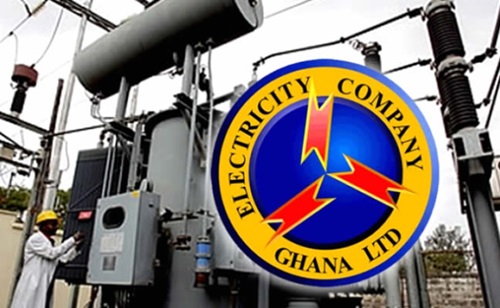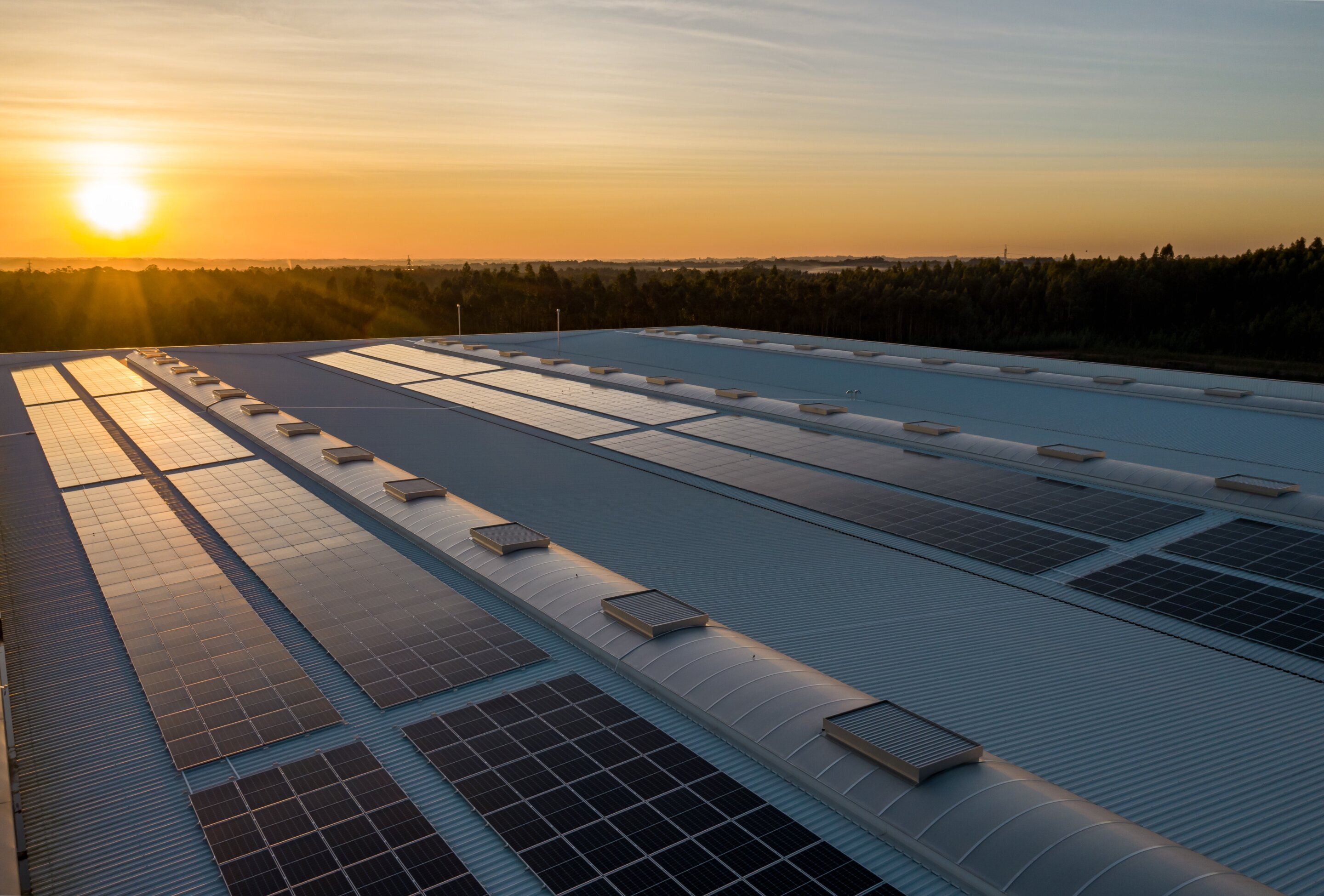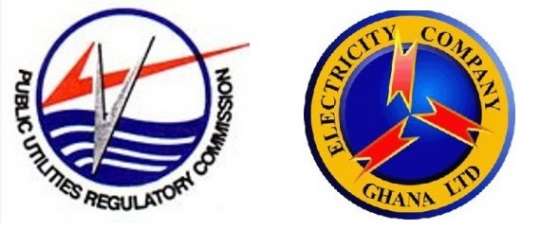- AI needs ‘global governance’, cannot be left to market, UN panel says
- Israeli military strikes Hezbollah as Nasrallah responds to wave of device blasts in Lebanon
- JetBlue to open airport lounges in New York and Boston in battle for big spenders
- From mortgages to auto loans, experts weigh in on when — or if — to refinance as interest rates fall
- August home sales drop more than expected, as prices set a new record
Who Won the U.S. Presidential Debate?

Report: Transmission and renewables would reduce carbon emissions, generation costs in western United States
If all the high-voltage transmission currently under construction and in advanced stages of permitting is built by 2030 in the Western United States—enabling the construction of new renewable energy projects—carbon dioxide emissions in the Western United States would drop by 73% compared to 2005.
Energy generation costs would also decrease 32% by 2030, compared to a reference case where most of these projects are not built.
These are the results of a new report by the Department of Energy's Pacific Northwest National Laboratory that looks at how new transmission and renewable energy projects in the Western United States could bring economic benefits and reduce carbon dioxide emissions. The report, called the Western Interconnection Baseline Study, published September 13, 2024. The report is part of the National Transmission Planning Study.
"The Western Interconnection Baseline Study uses the grid industry's most reliable data to look at how future transmission and renewable energy projects would lower carbon emissions and save money, all while keeping the western grid stable and reliable," said Konstantinos Oikonomou, a staff power systems research engineer at PNNL and lead author of the study.
Across the United States, more than 700,000 miles of transmission lines transport energy from generators like fossil fuel power plants, nuclear power plants, wind and solar farms, energy storage systems and hydropower plants. This backbone of the electricity grid allows energy to then be distributed to cities, neighborhoods and eventually to individual consumers.


- September 17, 2024
Firefighters battle wildfires choking Brazilian capital


- September 16, 2024
VRA thermal plants wasting scarce natural gas resource


- September 16, 2024
Pictures show floods ravaging Central and Eastern Europe as death toll rises

- September 16, 2024
Strongest typhoon to hit Shanghai since 1949 shuts down megacity


- September 19, 2024
ACEP accuses ECG of exchange rate manipulation leading to GH₵7bn loss


- September 19, 2024
PURC calls for urgent revision of the Cash Waterfall Mechanism

- September 19, 2024
Czechs to develop small nuclear reactors with Rolls-Royce
Subscribe to our mailing list to get the new updates!

Subscribe our newsletter to stay updated
Thank you for subscribing!


